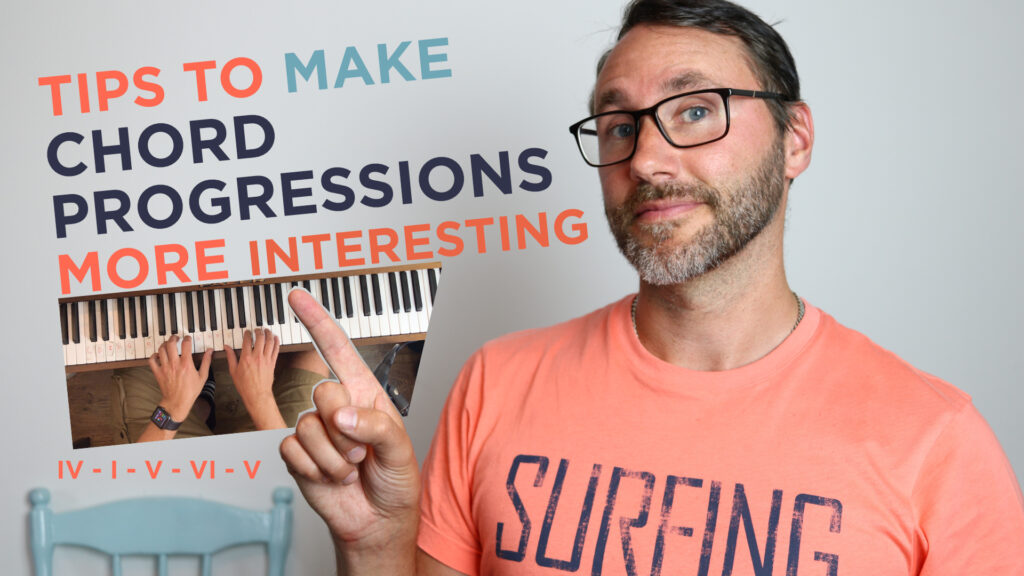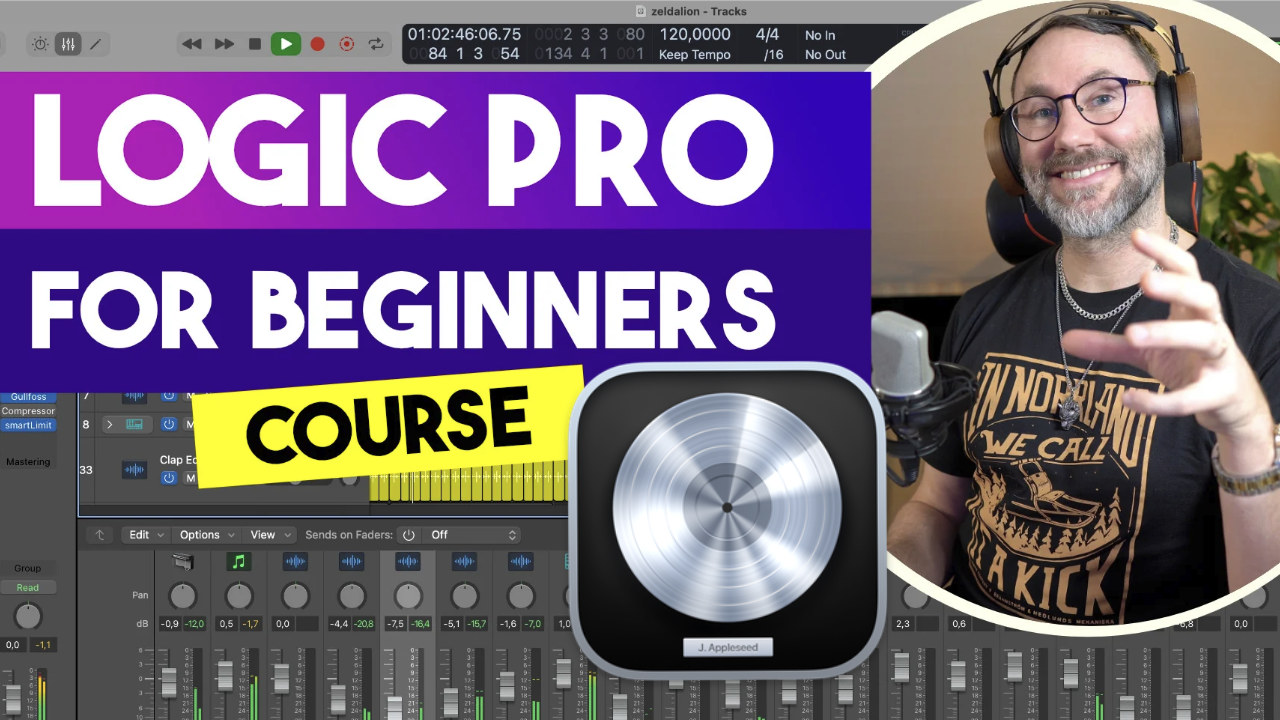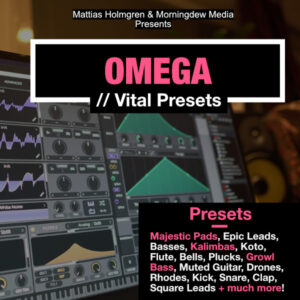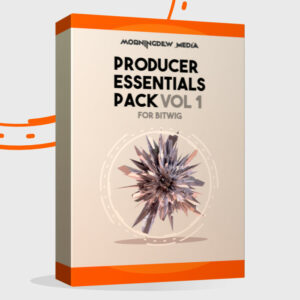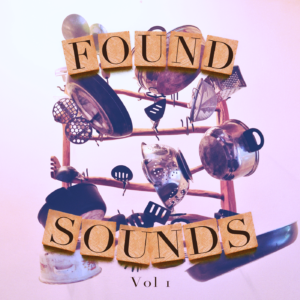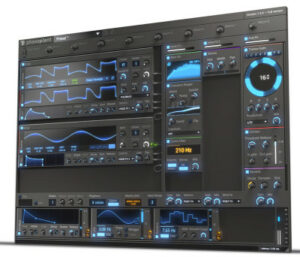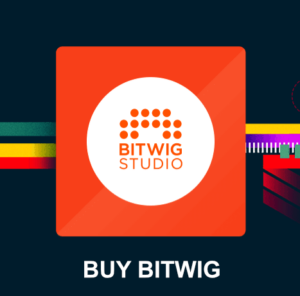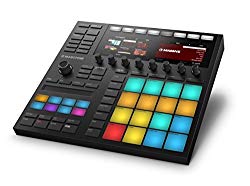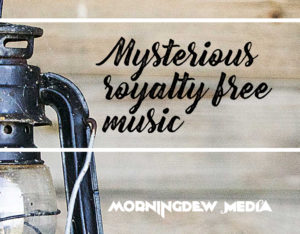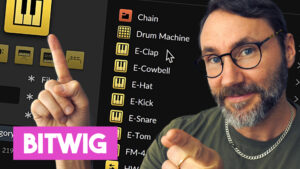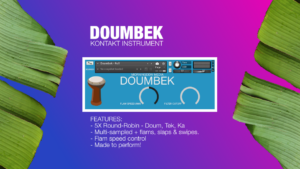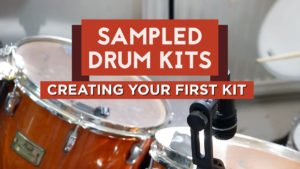In this article and video you will learn some magical tricks to make chord progressions sound more interesting and beautiful. I will also reveal some of my favourite chord progressions for EDM. These progressions work well in many musical genres but I like to use them in general EDM, Melodic Dubstep, Trance and Future Bass.
Better chord progressions
The first thing to investigate in improving your chord progressions is to find out ways to arrange the notes in the chords. It’s easy to just grab some random chord progression from the web or your favourite artist. But how do you arrange the notes in the chords to make them sound lush and interesting?
Voice Leading – Arranging the notes between chords
The concept of voice leading is to arrange your chord notes so that you have the minimal amount of movement between any two chords, in your chord progression. Let’s take this progression as an example:
C – Dm7 – G7 – C
Notice that I’m leaving out the extras (add9) from the video. If you grasp the basics in voice leading, you can of course spice your chords with more notes. Not everyone know how to read sheet music but anyone can look at a piano-roll and understand the notes. So here we go!
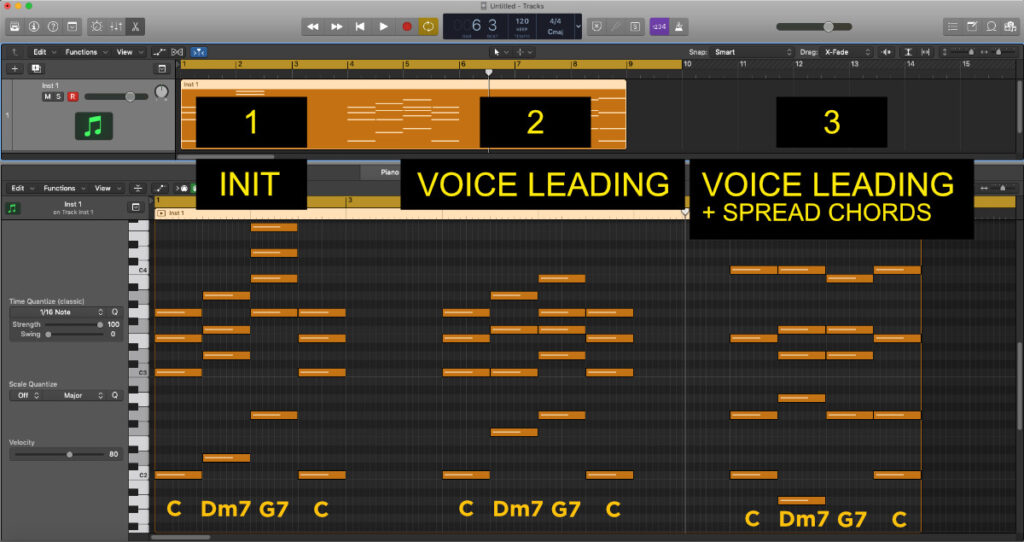
1. Basic note layout – throwing out the notes
In the first chord structure we basically just throw in the chords in root position. Root position means that every chord is played with the root note as bass, second note is the (3rd) and the third note is the (5th). So a C would be played (left to right on a piano) C – E – G. Like in the example above. This is where you start before you start re-arranging your chord notes.
2. Voice Leading
In the second example we try to move the notes so we have the smallest amount of movement between our notes, between any two chords. This makes the chord progression sound much smoother.
We also look for similar notes between any two chords. These similar notes can effectively be still without any movement.
Voice Leading – Arrange your chord notes so that you have the minimal amount of movement between any two chords.
3. Voice Leading + Spread Chords
In this part we re-align the first chord further so we get a more “open” sound. We continue and re-align the other chords for a more spread and open layout. Pay close attention to the bass which now goes down and then makes quite a huge leap before returning home to the root C.
For the Dm7 chord we actually change the bass to be the fifth of the chord instead, which is an A.
Huge leaps is not common between your general chord notes.
Remember we want to make smooth transitions between the notes. But the bass is its own entity. Therefore the bass is allowed to make huge leaps without destroying the smoothness of the chord.
Avoid parallel motion between chords
In classical music parallel motion was considered awful. Even in todays poplar music it is still common practise to avoid it. Although we still see exceptions. For a true cinematic sound be sure to avoid these parallels. Especially the parallel fifth.
Importantly, look in your chords and see if there is any parallel motion between the notes. Does the progression sound good to you?
Use your ear, it’s your music!
My favourite chord progressions for EDM
Here follows some of my favourite chord progressions at the moment, in no particular order. They are just nice progressions that I think work well in many genres and for epic EDM music.
The arrangement of the notes differ slightly from what I showed in the video because then I was playing the piano. Playing the piano makes me select certain chord structures in order to play them more easily. It’s probably plenty of muscle memory involved, more on how muscle memory effect your music writing / composition in this other article I wrote some months back.
Chord Progression 1
First off, this is an interesting progression in the key of C major (or Am depending on your melody and mood). Am7 – Cadd9 – Fadd9 – Fadd9. Yes that’s two bars of Fadd9 at the end.
What’s up with those 9s?
Why do I add the 9 (add9)? Because it gives the chord a smooth / buttery feeling. We also give the chord this additional note so that we can lead every note from the Am7 into something. Am7 includes four notes: A, C, E, G. While a C major triad chord only include three notes: C, E, G.
Here is a suggestion on the note layout for these chords:
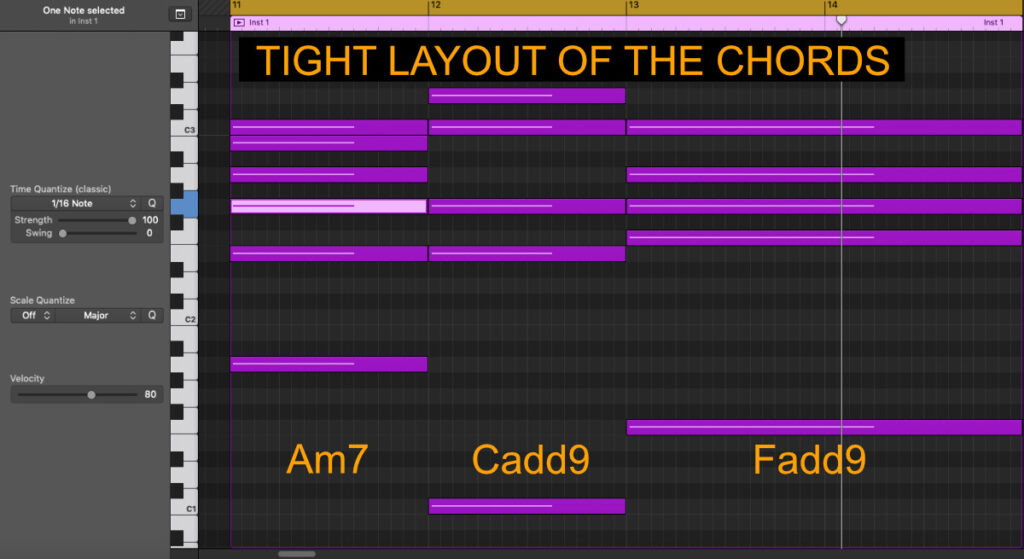
Chord progression 2
This one is also nice, I gave it a little bit more spread than the chord progression above. We are using the chords: Am7 – F7 – Cadd9 – Gadd9
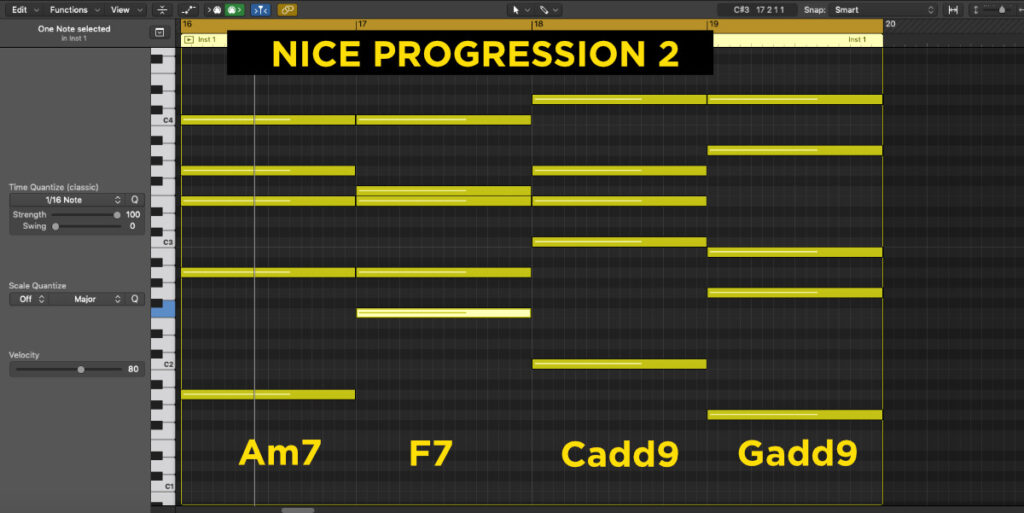
Pedal notes
A pedal note (or organ point) in music is basically, a sustained note over a bunch of chords. If you have a chord progression, look if there is a similar note between the chords and then let that note hang on throughout the whole progression.
Furthermore, it can also be used to tie a progression / musical piece together where you use more uncommon and dark chords in a progression.
Ostinato
In music, an ostinato is a motif or phrase that persistently repeats in the same musical voice, frequently in the same pitch.
In film music you here this all the time. Hans Zimmer made it impossible to score movies without using ostinatos. Just kidding, but he is using it effectively in many of his scores.
Just listen to the famous Batman – The Dark Knight score.
Final thoughts
I hope these tips to make better chord progressions will give you some tools to enhance your music. If you want more content like this be sure to subscribe to the Morningdew Media weekly and also my You Tube channel which is filled with creative techniques in music and sound design.
Have a wonderful weekend!
What gear I use in the studio? Check out the Resources Page.
Join my exclusive community: https://www.patreon.com/gelhein
Be sure to sign up to our newsletter for new exciting articles in design, music production and sound design.
